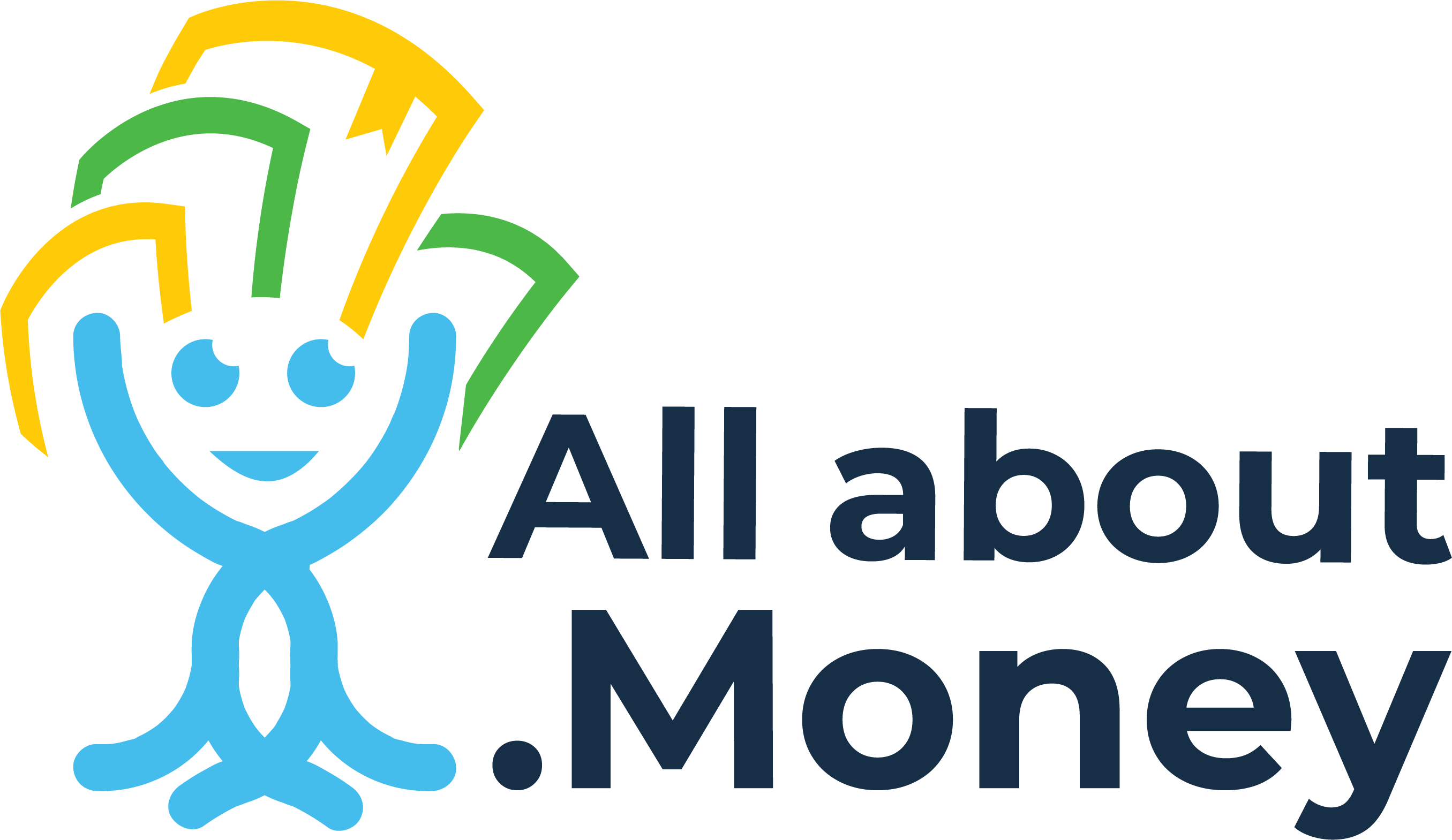Stablecoins are cryptocurrencies that are intended to exhibit low volatility. This is accomplished by backing stablecoins with unrelated assets such as gold, bonds, or fiat currency.
Stablecoins are useful:
– to send money cheaply and instantly worldwide;
– to earn interest/rewards by staking the coins via exchanges and DeFi applications;
– for traders to temporarily park cash between trades.
The top 3 Stablecoins are:
– Tether (USDT), launched in 2015, Tether Limited;
– USD Coin (USDC), launched in 2018, Coinbase; and
– Binance USD (BUSD), launched in 2019, Binance
The top 3 Stablecoins have a combined market cap of > 115 Billion USD, so an equivalent and reliable value has to be available to truly back up Stablecoins – which is where the problems are:
Tether, backed by a portfolio of cash, commercial paper, bonds, and other assets, is controlled by Hong Kong-based Tether Limited, a fully owned subsidiary of Tether Holdings Limited in the British Virgin Islands, which in turn is controlled by the owners of crypto exchange Bitfinex. In its independent accountant’s report dated August 6, 2021, Moore Cayman (Cayman Islands) states that Tether Holdings Limited is the defendant in four legal cases. Tether Limited does not provide any guarantee that 1 Tether can be exchanged for 1 USD.
Coinbase represented that USDC would be backed by dollars held in a bank account, which turned out to be false as it included commercial paper and corporate bonds – assets which can experience losses and become less liquid depending on market conditions. Coinbase corrected this issue and now states on its website: “It is backed by dollar-denominated assets of at least equal fair value to the USDC in circulation, in segregated accounts with US regulated financial institutions.”
Binance’s BUSD seems to have had the least controversies. Binance claims that 100% of BUSD is backed by U.S. Dollars held at U.S. banks. Monthly assurance reports are available.
With some of the issues slightly improved due to increased scrutiny, concerns and controversies continue to exist. What companies hold out as cash equivalents is concerning. Disclosures are not comprehensive. There is no FDIC insurance or Federal Reserve backing. Independent external reports, if available, are not specific enough, and mostly come in the form of assurance reports issued by small accounting firms rather than audit reports by well-known auditors. Investors may be left holding the bag if the companies backing Stablecoins fail. Stablecoins are therefore high on the agenda for regulators to intervene and Stablecoins could become subject to oversight, e.g. by the Office of Comptroller of Currency. Regulators consider labeling Stablecoins as a systemic risk to financial markets which would facilitate increased regulation.
